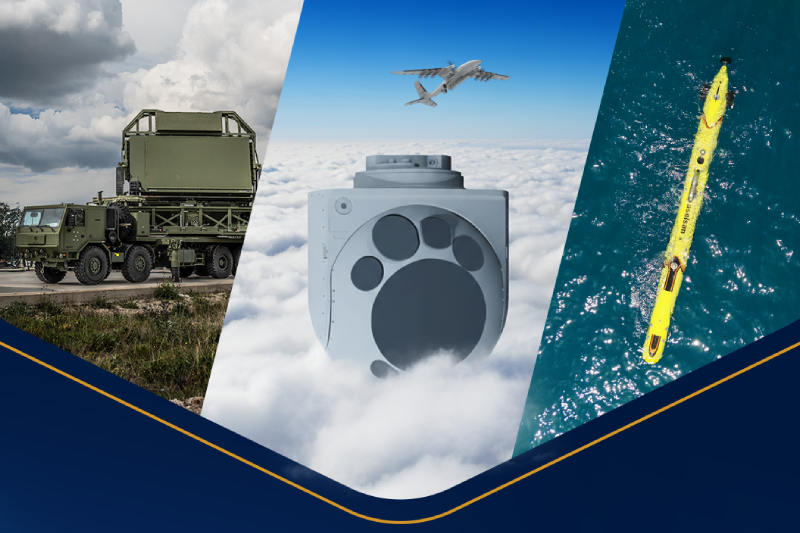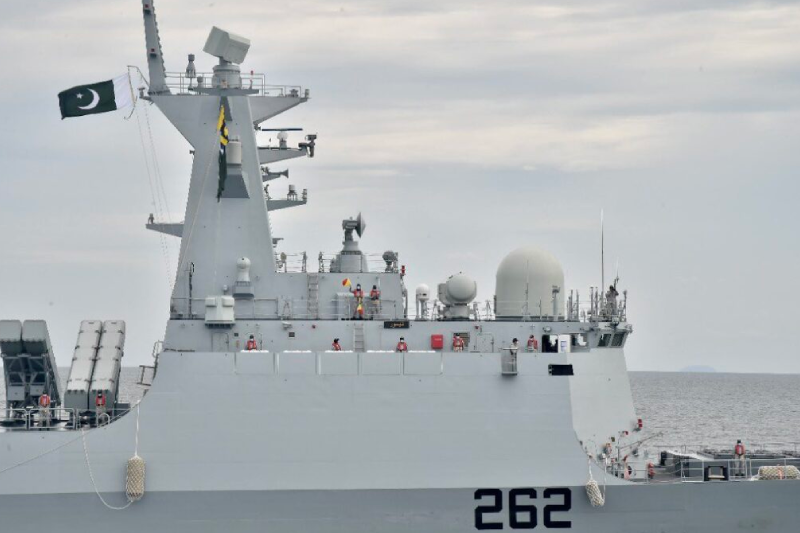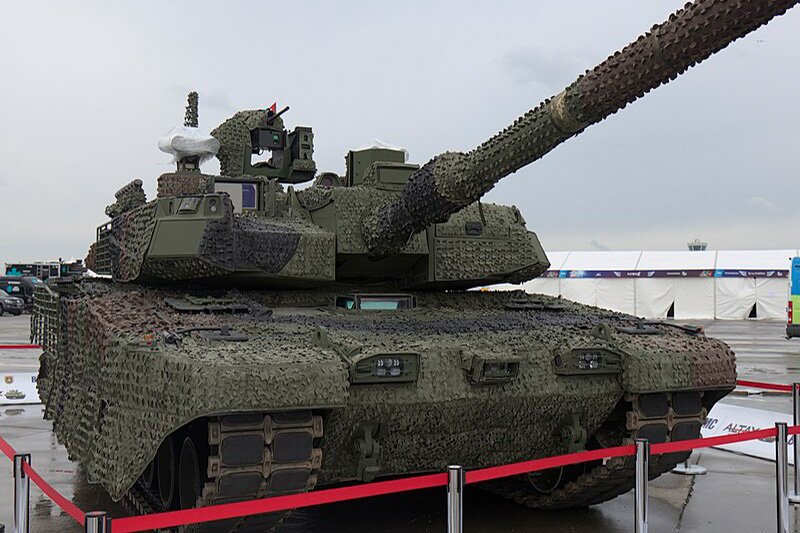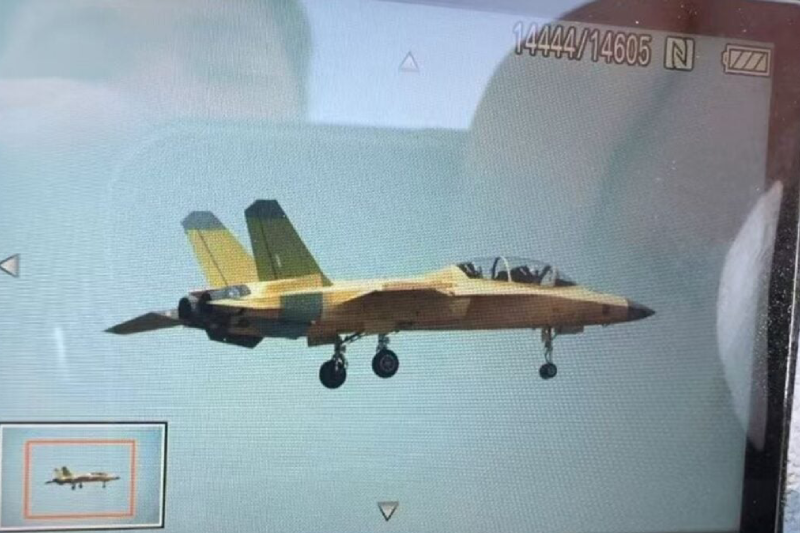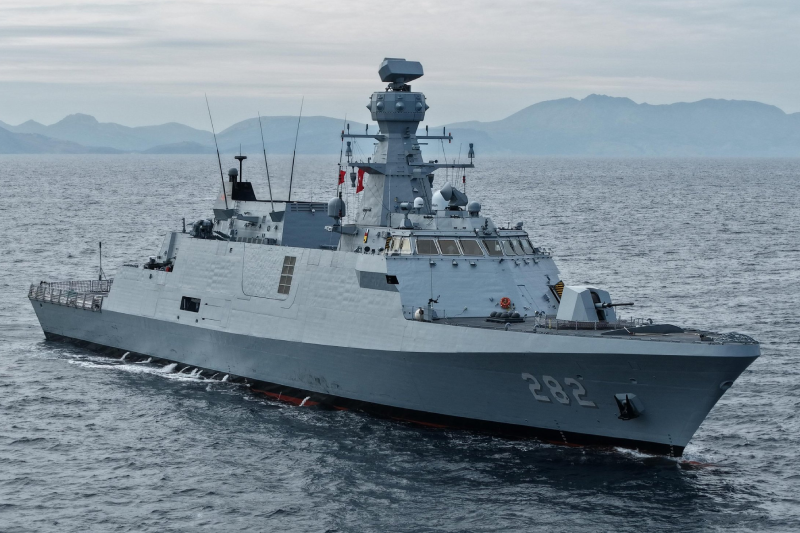PLA Unveils GJ-11 Stealth Drone Flying with J-20, J-16D
The PLA Air Force shows GJ-11 stealth drone operating alongside manned fighter jets in groundbreaking footage released Tuesday to commemorate the service’s 76th founding anniversary. The PLA Air Force shows GJ-11 stealth drone formation includes China’s J-20 stealth fighter and J-16D electronic warfare aircraft, demonstrating unprecedented manned-unmanned teaming capabilities that military experts describe as a game-changing development in modern air combat.
The commemorative microfilm titled “Far-Reaching Dreams” showcased the GJ-11 stealth attack drone codenamed Xuanlong departing its hangar, taking off, and seamlessly integrating into an aerial formation with the J-20 Weilong stealth fighter and J-16D electronic warfare platform. This marks the first public display of these three advanced platforms operating together, signaling significant progress in China’s military aviation capabilities.
Military expert Song Zhongping characterized this three-aircraft combination as tactically optimal for penetrating hostile defenses. The J-16D electronic warfare aircraft leads by jamming and neutralizing enemy radar systems, creating gaps in air defense networks. Meanwhile, the stealthy J-20 fighter and GJ-11 drone exploit these vulnerabilities to breach defensive lines and eliminate high-value targets. The unmanned GJ-11 provides particular advantages by venturing into extremely dangerous zones where risking human pilots would be unacceptable.
Aerospace Knowledge magazine chief editor Wang Ya’nan outlined alternative employment strategies for this formation. The GJ-11 could conduct armed reconnaissance missions ahead of manned aircraft, providing real-time intelligence before the J-16D and J-20 engage. Alternatively, the drone might function as a loyal wingman, offering protective cover for human-piloted fighters during combat operations.
China Central Television’s military channel emphasized this represents the first demonstration of the PLA Air Force’s manned-unmanned collaborative capabilities. Wang indicated the footage, likely captured during training exercises, reveals substantial maturity in integrating piloted and autonomous aircraft for complex missions. This capability reflects ongoing exploration of innovative tactics that could fundamentally transform aerial warfare.
The GJ-11 features a flying wing aerodynamic design optimized for radar evasion and first appeared publicly at China’s 2019 National Day military parade. Its collaboration with the equally stealthy J-20 creates a formidable low-observable strike package capable of operating deep within contested airspace while minimizing detection risks.
The GJ-11 represents just one element of China’s burgeoning unmanned aerial vehicle portfolio. Recent military parades have showcased multiple wingman drone variants and air superiority unmanned platforms. These systems incorporate revolutionary concepts that experts suggest could overturn traditional air combat paradigms and profoundly reshape future aerial engagements.
Separate reporting revealed the PLA Air Force has developed sophisticated training networks merging physical equipment with simulation technology. Pilots operate actual aircraft alongside simulator-based platforms in networked confrontational exercises. The system incorporates artificial intelligence-powered digital forces that continuously learn from human operators, creating increasingly challenging training scenarios that exceed human-only opposition.
The anniversary microfilm included other significant footage, such as a J-20 launching air-to-air missiles and the recently debuted HQ-20 surface-to-air defense system firing. These glimpses into operational capabilities demonstrate the breadth of modernization occurring across China’s air defense and offensive aviation forces.
Also read this: US Approves $330M Arms Sale to Taiwan
Military analyst Song Zhongping noted the remarkable pace of PLA Air Force advancement, particularly following last year’s unveiling of the carrier-capable J-35A stealth fighter at Airshow China 2024. This acceleration stems from continuous breakthroughs in Chinese aviation engineering, electronics, advanced materials, and related technologies.
These developments establish a robust foundation for defending Chinese sovereignty and security interests while contributing to regional stability, according to official assessments. The integration of advanced stealth platforms with electronic warfare assets and autonomous systems positions the PLA Air Force among the world’s most technologically sophisticated air forces, capable of challenging even the most advanced adversary air defenses.
Keep connected with us at Facebook, Twitter, YouTube, Instagram & TikTok for latest defense happening around the globe.
Discover more from International Defence Analysis
Subscribe to get the latest posts sent to your email.




